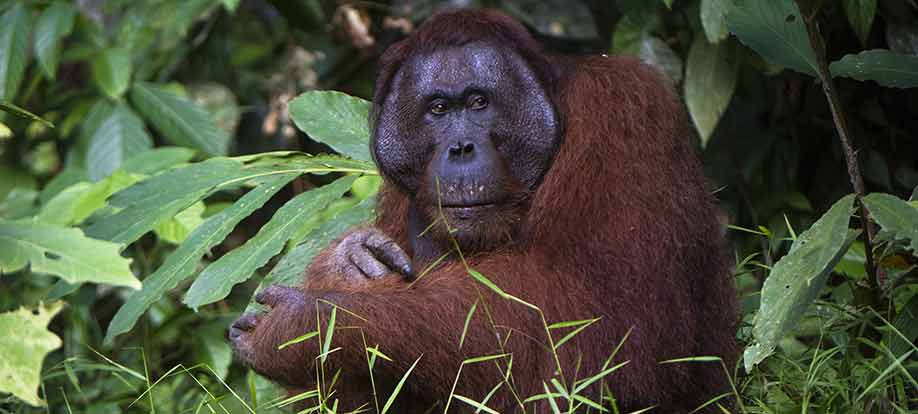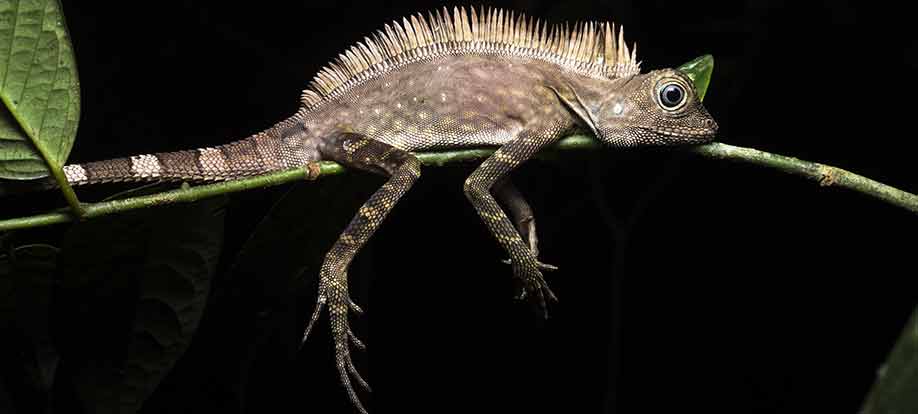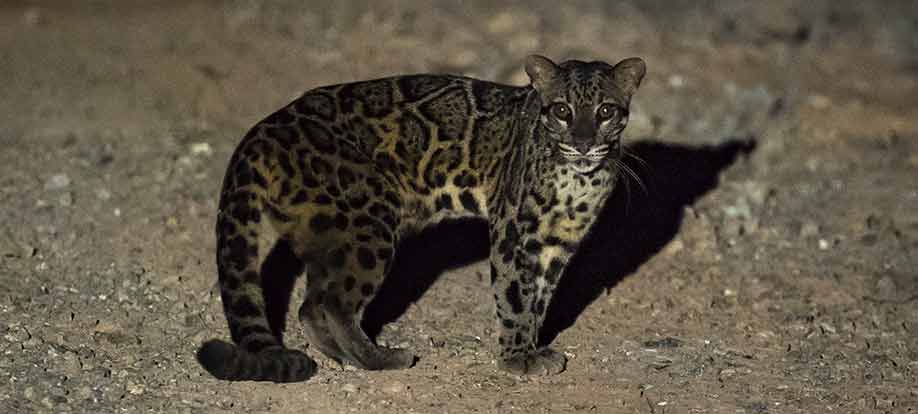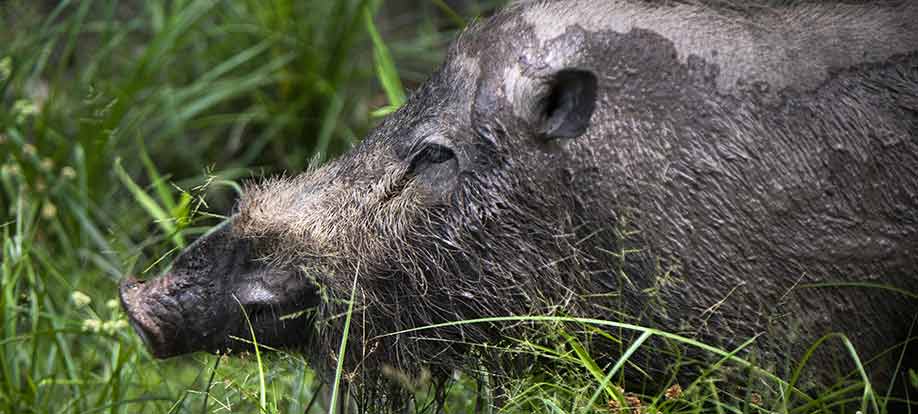Longyearbyen 78º13′ north, the town lying farthest north in the world.
As our plane came in to land the small collection of buildings lay off on our port side set in a classic ice-cut valley, still with snow-covered peaks all around. The nursery school teacher sitting next to us on the plane pointed out where she worked, a cluster of ice-strengthened vessels lay at anchor in the calm waters of the fjord and we touched down. It was May, springtime in the Arctic and adrenaline coursed our veins as we contemplated the adventure that lay ahead.
Once our group was all settled in to our trappers-style, Basecamp Hotel we held our first briefing for the dog-sledding day in the morning!

Being on a sled, pulled by a team of six huskies across pristine snow is an adventure unto itself. Our experience however was so much more. It was all about the dogs, handling them, petting them, harnessing them up and bringing them to the snow. So keen were the dogs to pull that they could only be walked on their back two feet. The harnesses were designed to lift the dogs while walking them. They hopped. Woe betide anyone letting all four paws touch the ground or the dog would run – pulling you with it!
Before the afternoon of boarding our vessel, we explored the area, as far as the limited road network allowed, picking up on myriad seabirds, eider ducks, arctic foxes, barnacle and pink-footed geese, Svalbard reindeer and even a super rare close-encounter with a vagrant short-eared owl!

Finally, the time had come and our newly refurbished expedition vessel, the M/S Freya, was eagerly awaiting our presence. We were a baker’s dozen, plus two bear guides / expedition leaders (Jens and Vide), captain and crew. Immediately we felt at home. We headed out of the fjord to the west before turning north into the Arctic Ocean. Our very first day out, in stunning scenery we had already bagged our first polar bear, a walrus on pack ice and a pod of beluga whales! Our karma was good. With 24 hours of daylight everything was one long day and we used the light to keep looking as we travelled. The weather was sublime and on our first Zodiac tour Jens announced he had spotted another polar bear – this one closer. As we approached we realized that the ‘one’ bear lying in a snow hole was in fact two – a mother and one year old cub. Approaching further they both got up, walked down to the shoreline, now a few meters from our boats and began gnawing on an old whale jaw bone that had, according to Jens, been there several years already. We watched, incredulous as the two hungry bears tried to glean sustenance from the old bone. An outstanding sighting tinged with a large dose of sadness as we realized that if she could not catch a seal soon, made harder by the global-warming related receding ice conditions, they both may not make it.
We revisited the couple twice more throughout the day until they finally walked up from the beach and slept in a tight huddle.

Things just got better and better. The weather was excellent and the bird cliffs of Alkefiellet were stuffed to the gills with Brunnich’s guillemots and black-legged kittiwakes. Anything even resembling a perch on the dramatic, basaltic cliffs was now occupied by a bird preparing to nest. The scene was spectacular and even the bergy-bits of floating ice were crammed with guillemots looking, for all the world, like groups of penguins in the south.
Our next bear sighting was another mother but with two young cubs. We stayed with them at the edge of the fast ice where we watched at some distance as she stood, stoically, without moving a muscle, over a seal breathing hole, for eight hours, while the cubs played further away. After suckling her cubs she walked off into the distance and we continued on our journey.

Another intimate polar bear experience was with a large male, fat and healthy looking, after having eaten a seal. We stayed in his company a full 18 hours as he dug snow hole after snow hole trying to get comfortable. He sat, squirmed, yawned and came down to the shoreline to pose as we clicked away hundreds of images between us.

Soon it was time for some intimate walrus encounters and after having spied a large male on the pack ice we edged closer in the Freya. Apart from the odd glace in our direction the huge pinniped was unperturbed. After some great shots including its reflection in the still waters we decided to drop the Zodiacs for a fresh angle. The rewards were worth it and we had some stunning opportunities from virtually under the animal. Happily, the walrus population in Svalbard seems to be on the increase and we look forward to many more such encounters in the future. Another fabulous walrus experience was after we landed at one of the beach haulouts. Making our way in stages, slowly, slowly to the colony we sat unobtrusively close enough for some portrait photography and just simply to watch in awe at their comings and goings.

Another polar bear was spotted in front of a glacier – now totaling 8 individuals. We could not approach due to fast ice but loved seeing him in the majesty of his environment. To finish off, after what had been fabulous bear sightings so far, we decided to revisit the area where we had seen the mother and cub. Incredibly she was still there and gave us some more awesome viewing. From posing in front of a glacier to climbing rocks and walking the shoreline in front of us, to stalking harbor seals – nothing short of spectacular!

We eventually left them and began wending our way home to Longyearbyen. We were rewarded by a very rare sighting of a Steller’s eider duck and a mother and calf blue whale as we were almost home! This time Svalbard really delivered. We are never after quantity but always look at the quality of the sighting as the indicator of a successful trip. Add to the mix an unbeatably fun group (members of the Rare Bird Club of Bird Life International), guides and crew. This trip would be hard to top. Karma was indeed with us.
All images ©PeteOxford.



















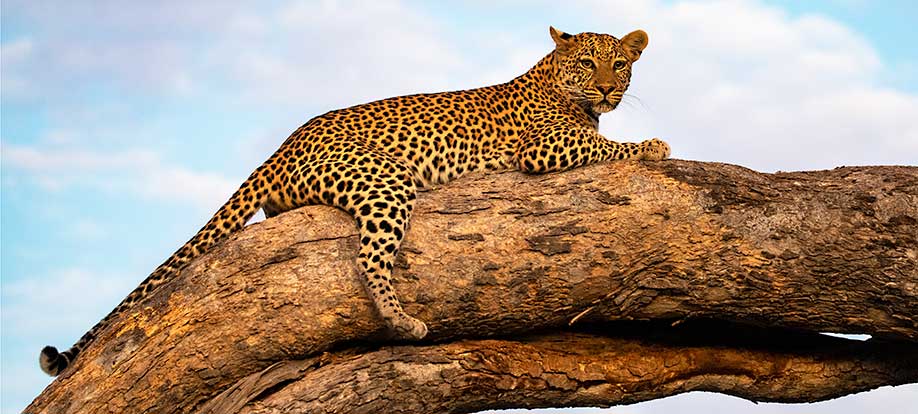

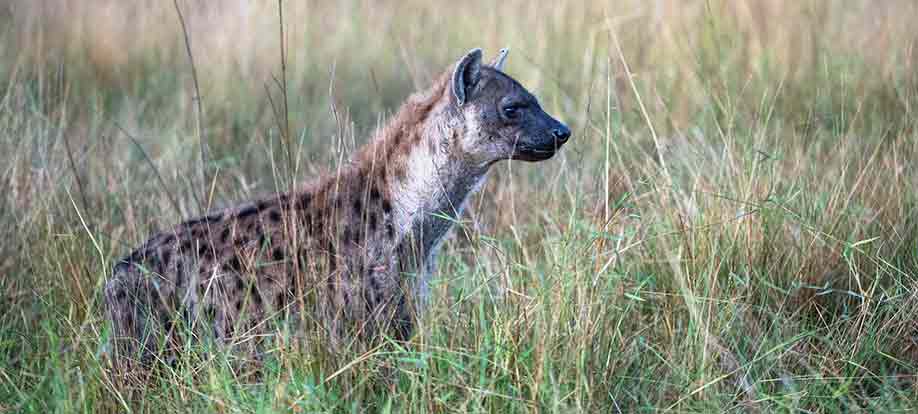




 Throw in a black mamba, a honey badger, serene mokoro rides through the lilies and it really was quite the trip.Our last stop was the inimitable Victoria Falls, from the grandeur of our colonial hotel to the drenching spray of the falls in full flood, to the huge variety of quality crafts in the Vic Falls artisanal market what can we say?
Throw in a black mamba, a honey badger, serene mokoro rides through the lilies and it really was quite the trip.Our last stop was the inimitable Victoria Falls, from the grandeur of our colonial hotel to the drenching spray of the falls in full flood, to the huge variety of quality crafts in the Vic Falls artisanal market what can we say?



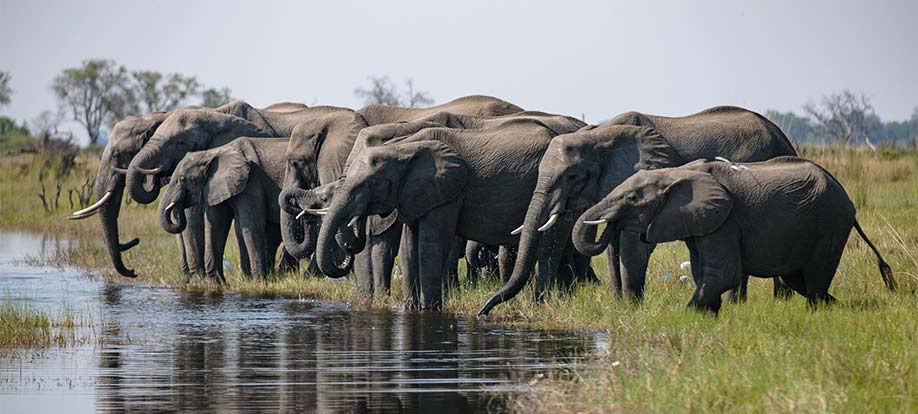



















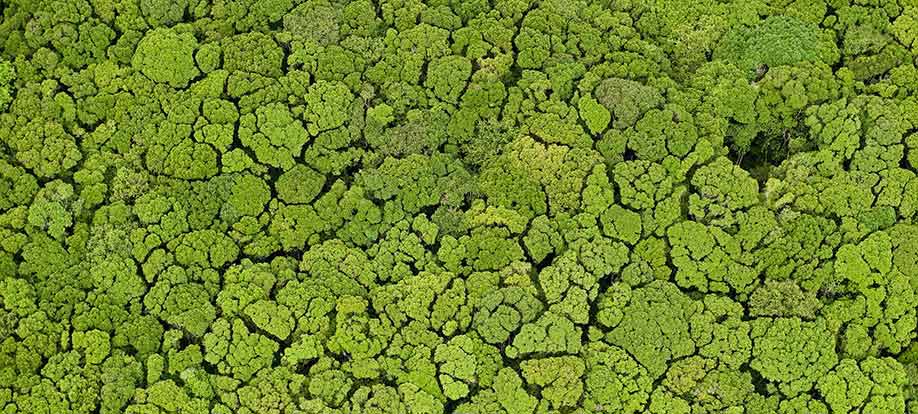

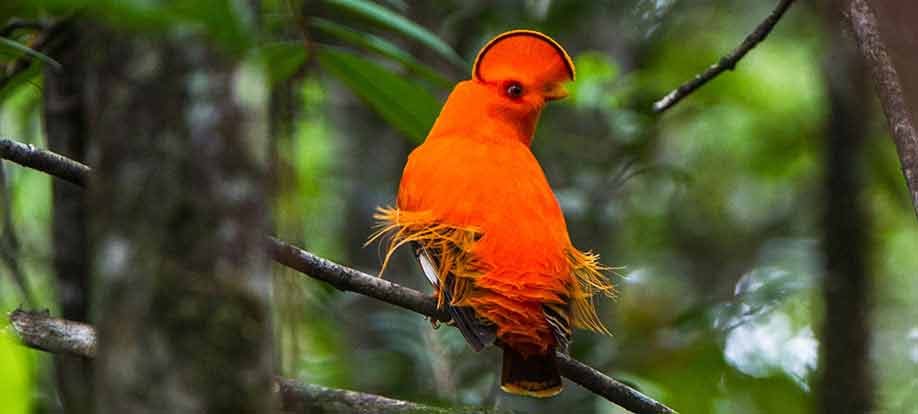

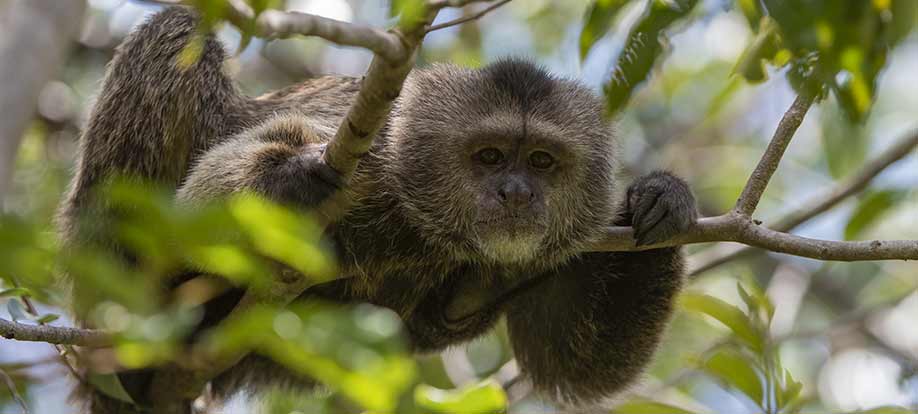
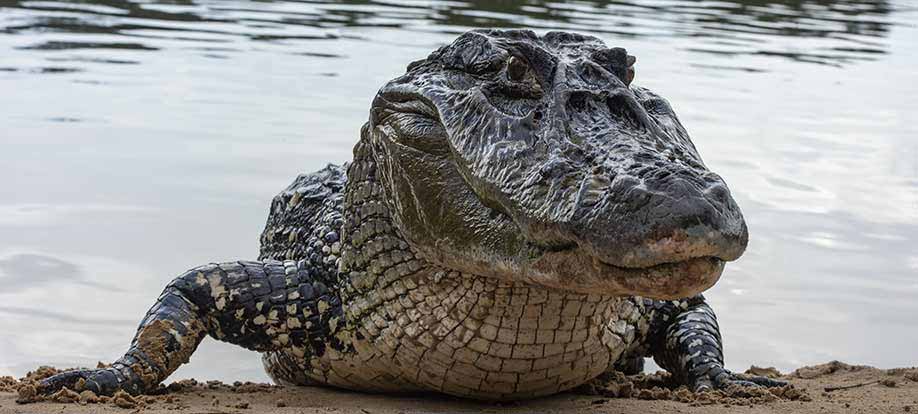 Join us, if you dare!!
Join us, if you dare!!
